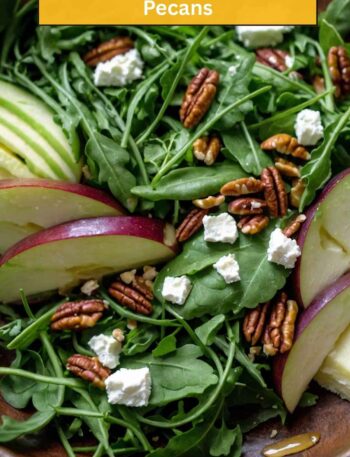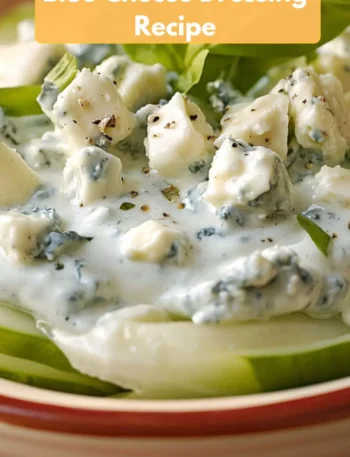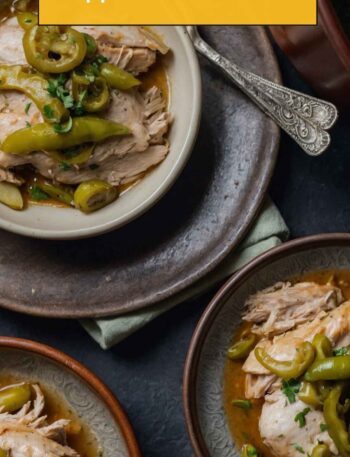When you think of curry, do you picture a vibrant, flavorful dish simmering away on the stovetop? Maybe you envision a warm, spiced aroma enveloping your kitchen. But what if I told you that the magic often starts with a humble spice blend?
The backbone of any good curry often lies in the curry powder. Whether you’re whipping up a hearty lentil stew, a chicken curry, or even a veggie stir-fry, having homemade curry powder at your disposal can take your dishes from good to unforgettable.

What is Homemade Curry Powder?
Homemade curry powder is more than just a spice blend. It’s a personalized medley of flavors, allowing you to control the heat and depth to match your palate. You can throw together ingredients like cumin, coriander, turmeric, and more, helping you create a mix that speaks to you.
When I first tried my hand at making curry powder, I was amazed at how simple—and rewarding—the process was. Instead of relying on what’s on the store shelf, I could craft something unique.
Why This Powder Works?
1. Freshness of Ingredients
The spices are ground fresh, meaning you get the maximum flavor and aroma. Unlike pre-packed powders, which can sit on shelves for months, your blend showcases vibrant spices that pop.
2. Customization to Your Taste
This homemade version allows you to adjust the heat and flavor according to your preferences. Preferred less spice? Tweak the cayenne. Want more earthiness? Add more cumin. The possibilities are endless.
3. Cost-Effective Option
Buying whole spices and grinding them yourself saves money in the long run. You don’t have to purchase a plethora of premade mixes, and you can store what you make for future use.
4. Health Benefits
Many spices used in curry powder, like turmeric and ginger, contain health-promoting properties. With homemade blends, you know exactly what goes in, avoiding fillers or additives often found in commercial options.
You’ll Also Like The Following Recipe
Ingredients for Homemade Curry Powder
Ready to get cooking? Here’s what you’ll need:
– 1 teaspoon smoked paprika
– 1 teaspoon dry mustard powder
– ½ teaspoon ground cardamom
– ½ teaspoon freshly ground black pepper
– ½ teaspoon cayenne pepper or ground chili flakes
– 1 ½ tablespoons ground turmeric
– 2 teaspoons ground ginger
– 2 tablespoons ground cumin
– 2 tablespoons ground coriander
– 1 teaspoon ground cinnamon
– ½ teaspoon ground cloves
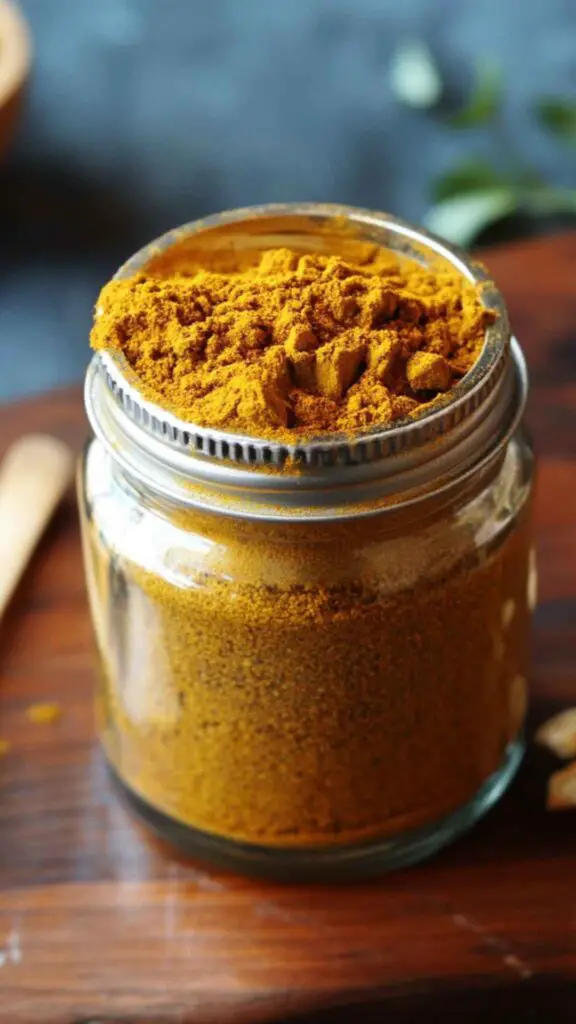
Step by Step Instructions
Step 1: Gather Your Ingredients
Collect all the spices listed above. Freshness is key, so if you have whole spices, consider grinding them as needed.
Step 2: Measure and Combine
In a small bowl, measure out each spice. Follow the order in the list for a balanced mix, starting with smoked paprika and ending with cloves.
Step 3: Mix it Up
Take a whisk or small spoon and thoroughly stir the ingredients together. You want everything to blend seamlessly.
Step 4: Store for Future Use
Once mixed, transfer your homemade curry powder to an airtight container. Mason jars work terrific for this. Label it with the date you made it—trust me, you’ll want to keep track!
Tips for Success
- Quality Counts: Always start with the best quality spices you can find. Freshness directly affects flavor.
- Roast Whole Spices: If you have whole spices, consider toasting them lightly in a dry skillet before grinding. This enhances their flavor tremendously.
- Taste as You Go: If you’re unsure about a flavor, taste your mix as you create it. Adjust as needed.
- Experiment!: Don’t feel restricted. Try adding a pinch of nutmeg or fenugreek for unexpected depth.
- Keep it Cool: Store your spice blend in a cool, dark place to maintain potency.
Nutrition Information
Homemade curry powder nutrition facts
How to Store Leftovers?
This curry powder keeps well for several months. Store it in an airtight container in a cool, dark place away from sunlight. For optimal freshness, try to use it within six months.
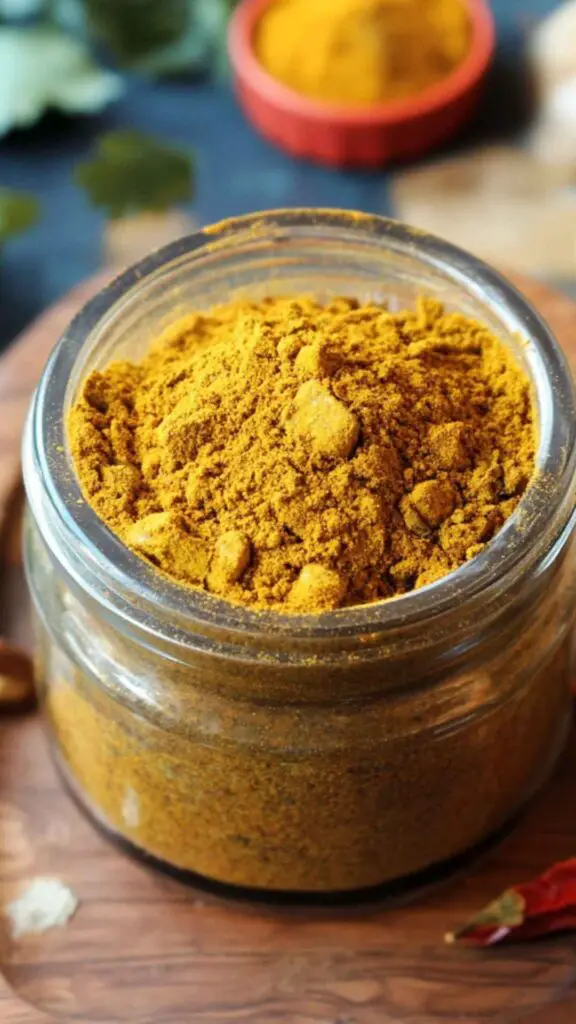
Sides for Homemade Curry Powder
What goes with curry? Here are some delightful options:
- Basmati Rice: This fragrant rice absorbs curry flavors beautifully and provides a perfect foundation for the dish.
- Naan Bread: Whether store-bought or homemade, naan bread is a classic staple for scooping up delicious curry.
- Raita: A yogurt-based side like cucumber raita cools down the heat of curry, enhancing your meal experience.
- Green Chutney: A fresh cilantro or mint chutney pairs splendidly, adding a punch of flavor.
Alternative Choices for Ingredients
If you realize you’re missing an ingredient, no need to panic. Here are alternate choices:
- Turmeric: If you can’t find turmeric, consider using saffron for a different flavor profile.
- Cumin: In a pinch, coriander can add a similar warmth but without the depth.
- Black Pepper: White pepper could work instead, although it alters the taste slightly.
- Cayenne Pepper: For a more smoky flavor, substitute with chipotle powder—just remember to adjust the heat level.

Homemade Curry Powder Recipe
Equipment
- Small bowl
Ingredients
- 1 teaspoon smoked paprika
- 1 teaspoon dry mustard powder
- ½ teaspoon ground cardamom
- ½ teaspoon freshly ground black pepper
- ½ teaspoon cayenne pepper or ground chili flakes
- 1 ½ tablespoons ground turmeric
- 2 teaspoons ground ginger
- 2 tablespoons ground cumin
- 2 tablespoons ground coriander
- 1 teaspoon ground cinnamon
- ½ teaspoon ground cloves
Instructions
Step 1: Gather Your Ingredients
- Collect all the spices listed above. Freshness is key, so if you have whole spices, consider grinding them as needed.
Step 2: Measure and Combine
- In a small bowl, measure out each spice. Follow the order in the list for a balanced mix, starting with smoked paprika and ending with cloves.
Step 3: Mix it Up
- Take a whisk or small spoon and thoroughly stir the ingredients together. You want everything to blend seamlessly.
Step 4: Store for Future Use
- Once mixed, transfer your homemade curry powder to an airtight container. Mason jars work terrific for this. Label it with the date you made it—trust me, you’ll want to keep track!
Video
Notes
Tips for Success
- Quality Counts: Always start with the best quality spices you can find. Freshness directly affects flavor.
- Roast Whole Spices: If you have whole spices, consider toasting them lightly in a dry skillet before grinding. This enhances their flavor tremendously.
- Taste as You Go: If you’re unsure about a flavor, taste your mix as you create it. Adjust as needed.
- Experiment!: Don’t feel restricted. Try adding a pinch of nutmeg or fenugreek for unexpected depth.
- Keep it Cool: Store your spice blend in a cool, dark place to maintain potency.
Nutrition
Frequently Asked Questions
1. Can I make this curry powder in bulk?
Absolutely! Making a larger batch saves time and ensures you have a versatile spice blend ready whenever you need it. Just be sure to store it properly.
2. How can I increase or decrease the spiciness?
Adjust the amount of cayenne or use milder peppers in place of stronger ones. You can also omit cayenne entirely for a non-spicy blend.
3. How do I know if my spices are still fresh?
Smell testing is key. If the aromas are weak, it may be time to replace them. Additionally, herbs tend to lose flavor and potency over time.
4. Can I use fresh spices instead of dried?
While you can, fresh spices usually have a different flavor profile. Dried spices offer a better shelf life and are essential for this
Conclusion
Crafting your own curry powder is not just a step towards flavorful cooking; it’s a journey into the heart of your culinary spirit. With simple ingredients and a little effort, you can create a spice blend that resonates with your unique tastes.
Plus, it opens doors to countless culinary explorations. So the next time you find yourself reaching for curry powder, consider the charm of homemade. You’ll not only elevate your dishes but also enjoy the process of creating something just for you.
Happy cooking!


